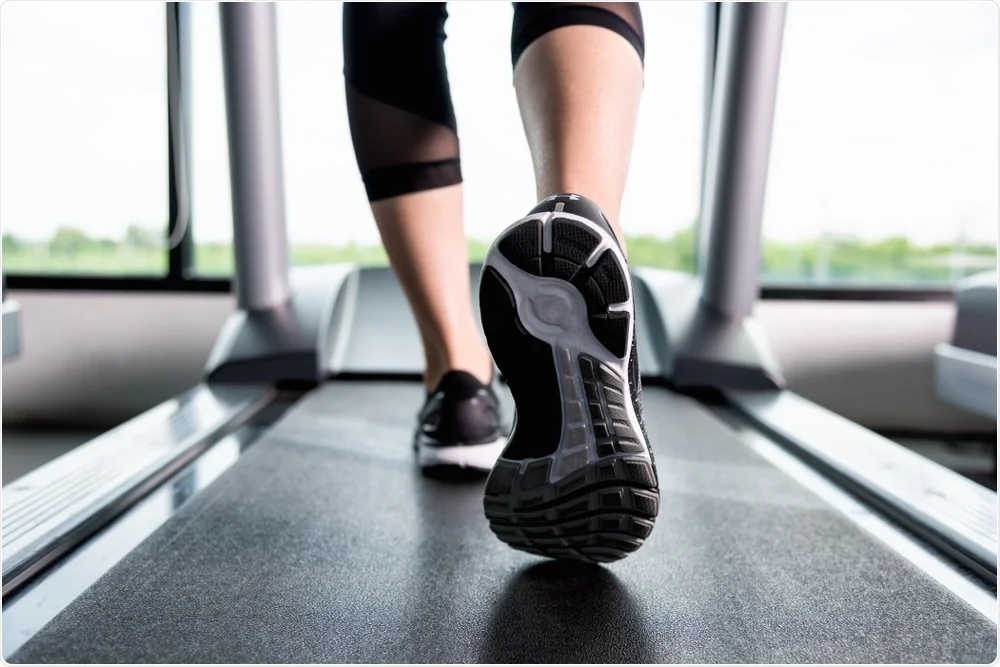HIIT has a new addition. High-Intensity Interval Walking Training (HIITW) has gained attention as a practical, efficient form of exercise particularly beneficial for middle-aged and older adults. This training method alternates bursts of high-intensity activity with periods of lower intensity or rest, offering a variety of benefits to this demographic.
Benefits of HIITW
- Improved Cardiorespiratory Fitness: Research indicates that HIITW significantly enhances aerobic capacity and cardiorespiratory fitness in older adults. The integration of short, intense walking periods allows for greater improvements than traditional, steady-state walking.
- Blood Pressure Regulation: Engaging in HIITW has been correlated with reductions in both systolic and diastolic blood pressure, improving cardiovascular health and reducing the risk of hypertension.
- Weight Management: HIITW is effective in promoting weight loss and maintaining healthy body weight, which is crucial for older adults who may struggle with obesity-related ailments.
- Mental Health Benefits: The boost in cardiovascular fitness can also lead to improvements in mental health, reducing symptoms of anxiety and depression commonly faced by older adults.
- Enhanced Functional Capacity: HIITW improves muscle strength and endurance, allowing older individuals to maintain their independence and perform daily activities with ease.

How to Incorporate
Middle-aged and older adults looking to incorporate into their fitness routine should:
- Start with a warm-up of 5-10 minutes of light walking.
- Alternate between 1-2 minutes of brisk walking and 1-2 minutes of slower walking or rest, repeating for 20-30 minutes.
- Cool down with another 5-10 minutes of light walking followed by stretching.
After All
High-Intensity Interval Walking Training represents a promising strategy for enhancing physical fitness and managing blood pressure in middle-aged and older adults. By integrating this form of exercise into regular routines, individuals can enjoy improved health outcomes and a better quality of life.
Let’s not forget the more you move the better it is. Read more HERE
